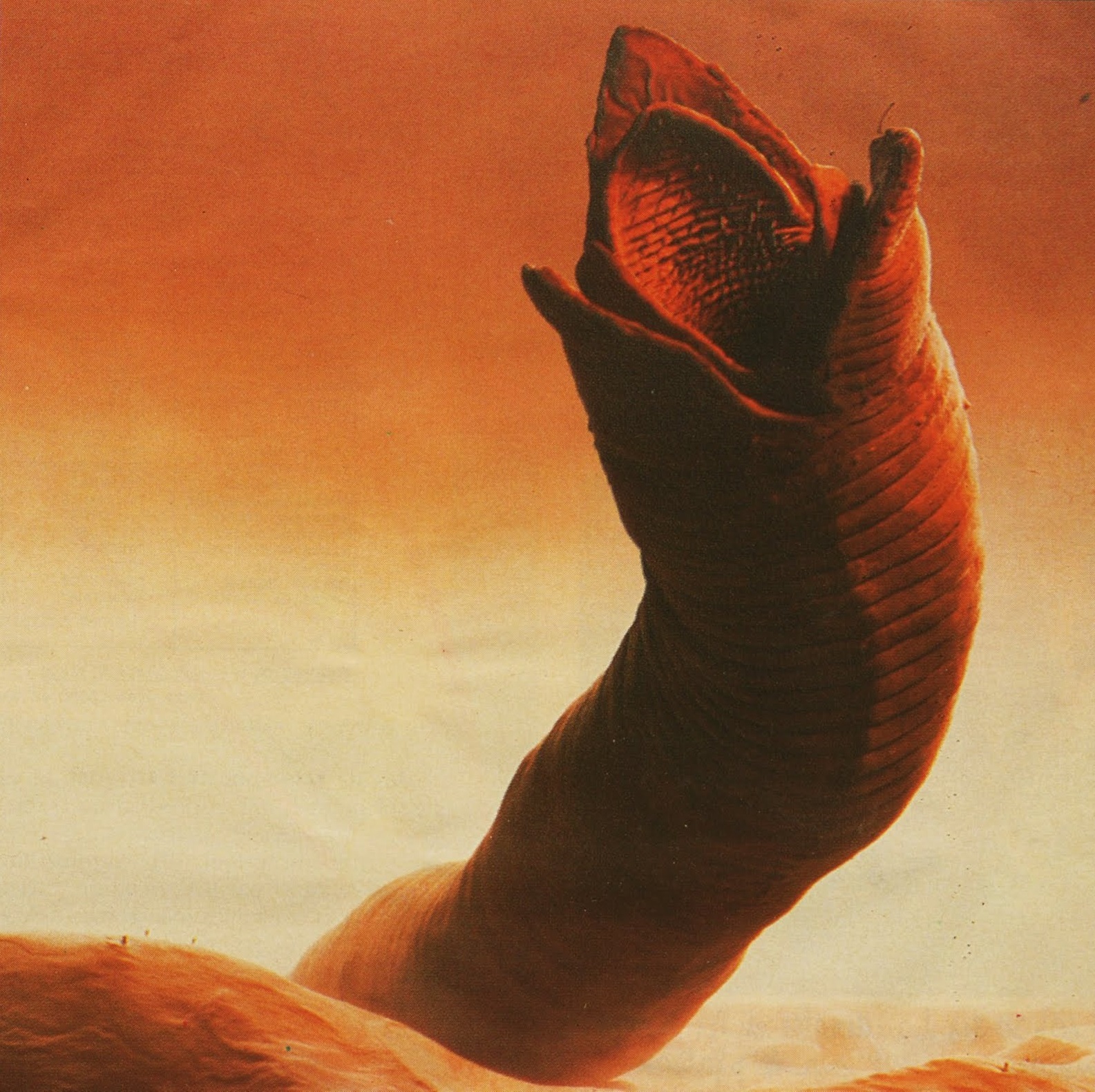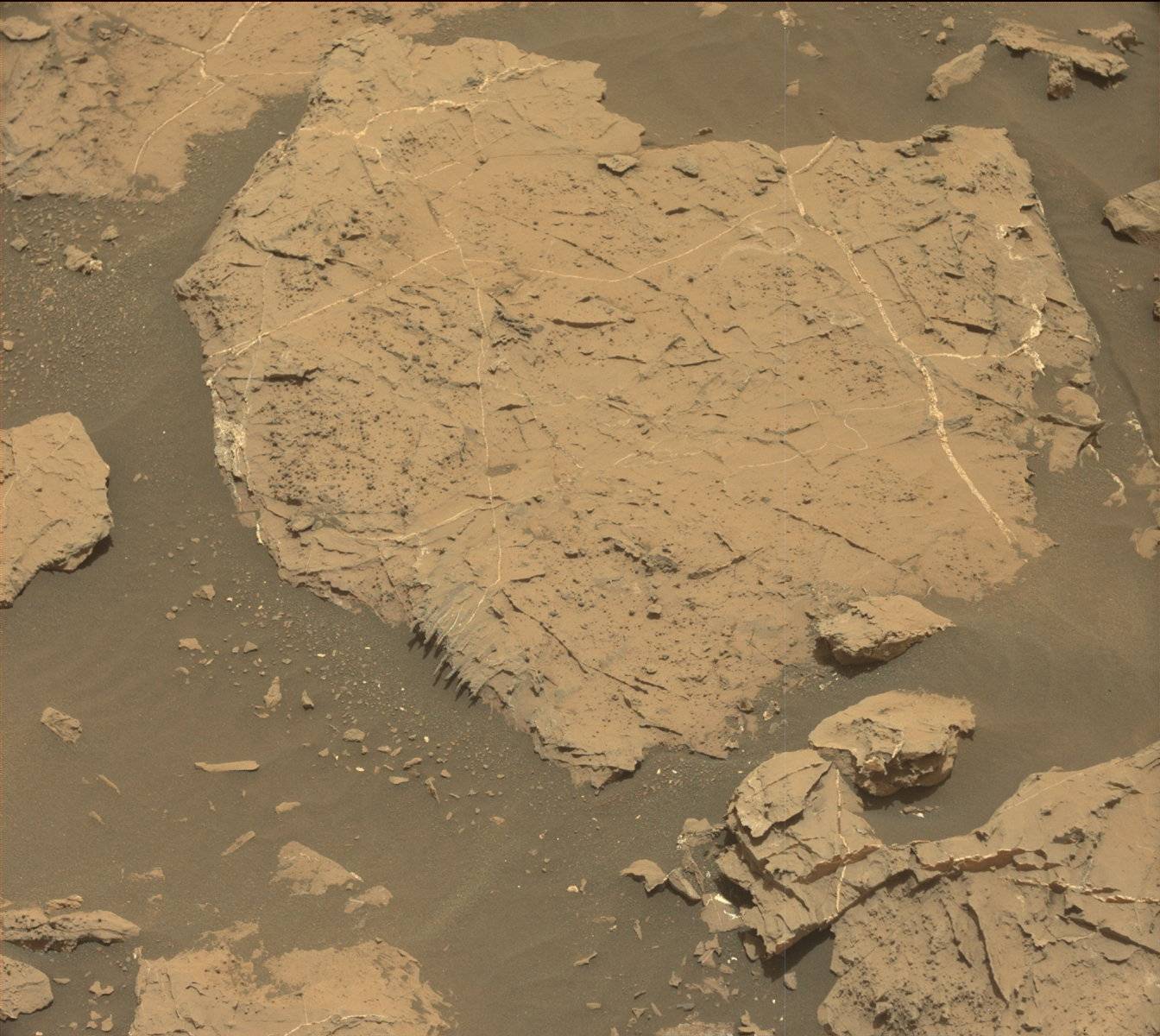Science
Related: About this forumCuriosity Rover Spots Weird Tube-Like Structures on Mars
By Leonard David, Space.com's Space Insider Columnist | January 5, 2018 02:49pm ET
- click for image -
https://img.purch.com/w/660/aHR0cDovL3d3dy5zcGFjZS5jb20vaW1hZ2VzL2kvMDAwLzA3My8xNjcvb3JpZ2luYWwvY3VyaW9zaXR5LW1haGxpLXdlaXJkLXN0cnVjdHVyZXMuanBn
NASA's Mars rover Curiosity captured this image on Jan. 2, 2018, with its Mars Hand Lens Imager (MAHLI).
Using an onboard focusing process, the robot created this product by merging two to eight images previously
taken by MAHLI, which is located on the turret at the end of the rover's robotic arm.
Credit: NASA/JPL-Caltech/MSSS
Have trace fossils been found on Mars?
In browsing the first new batch of 2018 photos taken by the Curiosity rover's Mars Hand Lens Imager (MAHLI), researcher Barry DiGregorio speculated on whether the Red Planet robot found trace fossils on Mars. DiGregorio is a research fellow for the Buckingham Centre for Astrobiology in the United Kingdom and author of the nonfiction books "Mars: The Living Planet" and "The Microbes of Mars."
"They look remarkably similar to Ordovician trace fossils I have studied and photographed here on Earth," DiGregorio told Inside Outer Space. "If not trace fossils, what other geological explanations will NASA come up with?" [5 Bold Claims of Alien Life]
I posed that question to Curiosity project scientist Ashwin Vasavada, of NASA's Jet Propulsion Laboratory in Pasadena, California.
More:
https://www.space.com/39294-mars-rover-curiosity-weird-tube-structures.html?utm_source=notification
longship
(40,416 posts)That's right...

Sandworms!
csziggy
(34,136 posts)Javaman
(62,530 posts)CurtEastPoint
(18,644 posts)Xipe Totec
(43,890 posts)FreepFryer
(7,077 posts)NeoGreen
(4,031 posts)
Sole marks are sedimentary structures found on the bases of certain strata, that indicate small-scale (usually on the order of centimetres) grooves or irregularities.[1][2] This usually occurs at the interface of two differing lithologies and/or grain sizes. They are commonly preserved as casts of these indents on the bottom of the overlying bed (like flute casts). This is similar to casts and molds in fossil preservation. Occurring as they do only at the bottom of beds, and their distinctive shapes, they can make useful way up structures and paleocurrent indicators.[3]
Sole markings are found most commonly in turbidite deposits, but are also often seen in modern river beds and tidal channels.
History
Sole markings were first recognized in the Devonian rocks of New York State by James Hall in 1843.[4] Originally, the features found on the undersides of beds were called hieroglyphs, fucoids, and bio hieroglyphs, because of their structure and how they were thought to be created; however, the term sole mark is used by geologists at present.[4]
Scour marks and flute casts
Scour marks and flute casts are scours dug into soft, fine sediment which typically get filled by an overlying bed (hence the name cast). Measuring the long axis of the flute cast gives the direction of flow, with the tapered end pointing toward the flow and the steep end up current. The concavity of the flute cast also points stratigraphically up. Flute casts can be characterized into four types, parabolic, spindle-shaped, comet-shaped, and asymmetrical.[5]
Parabolic flute casts are the most common and simple form. The shape of the bulbous end is parabolic or rounded shape and rarely shows any asymmetrical behavior. They occur in groups or individually, and all move parallel to each other and to paleoflow. In any given environment, their width and length will be consistent and range from a few centimeters, up to one meter in length.[5]
Spindle-shaped flute casts are found singularly or in groups, are considerably longer than they are wide and have pointed bulbous ends and are generally five to fifteen centimeters long. They can be quite shallow or as much as two thirds of the width in depth. These structures are easily definable because they lack symmetry parallel to the flow direction.[5]
Comet-shaped flute casts are characteristically found in isolation, and have a sharply pointed bulbous end, but the shallower end shows no stable continuous path. The overall length of the comet-shaped flute is rarely longer than ten centimeters, and the imprints are generally shallow.[5]
Asymmetrical flute casts are formed on top of a neighboring cast, and, therefore, covers half or more of the underlying flute. As the flutes continue to build outward in a step-like fashion and cut into each other, they get smaller and shallower.


NeoGreen
(4,031 posts)eppur_se_muova
(36,262 posts)

